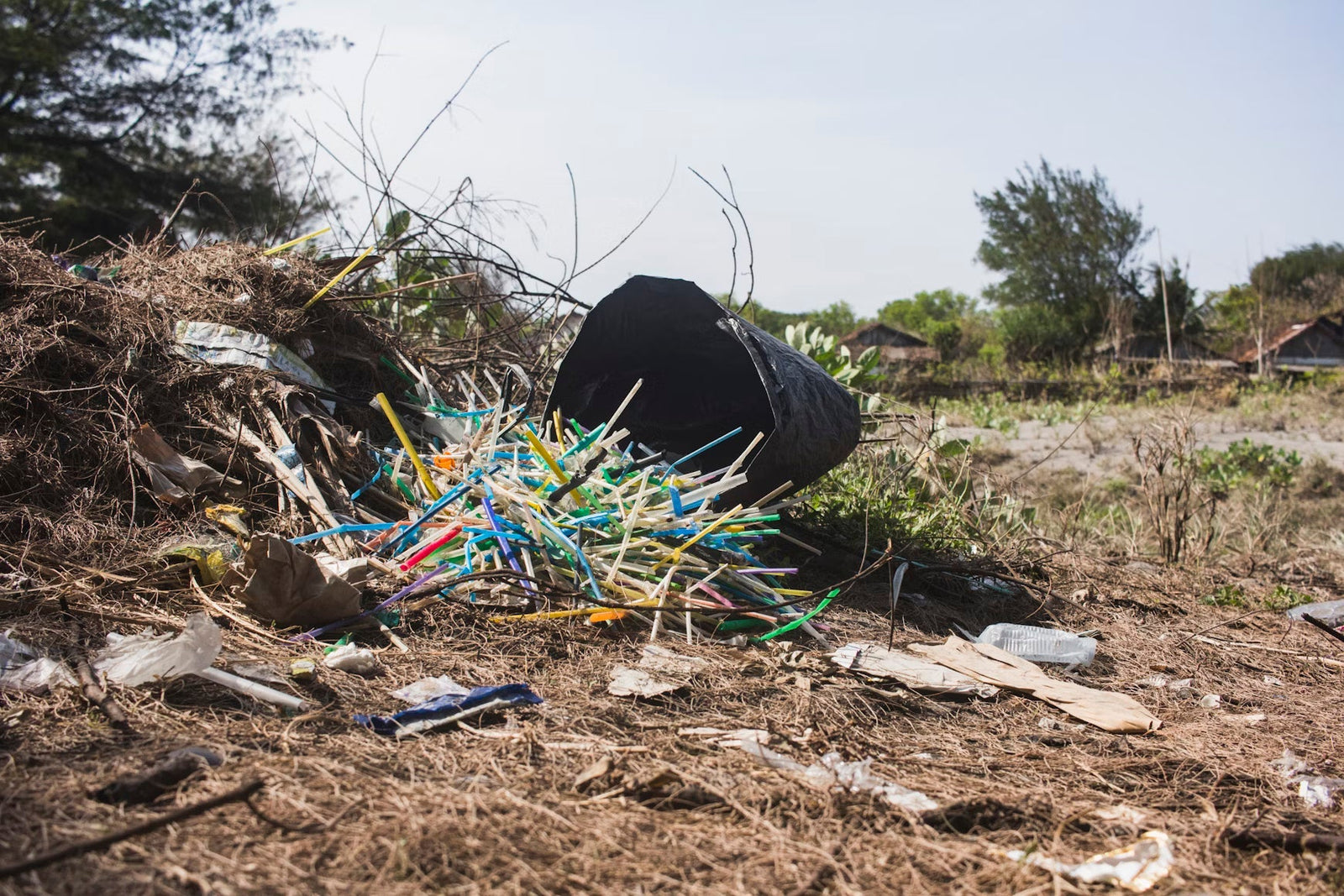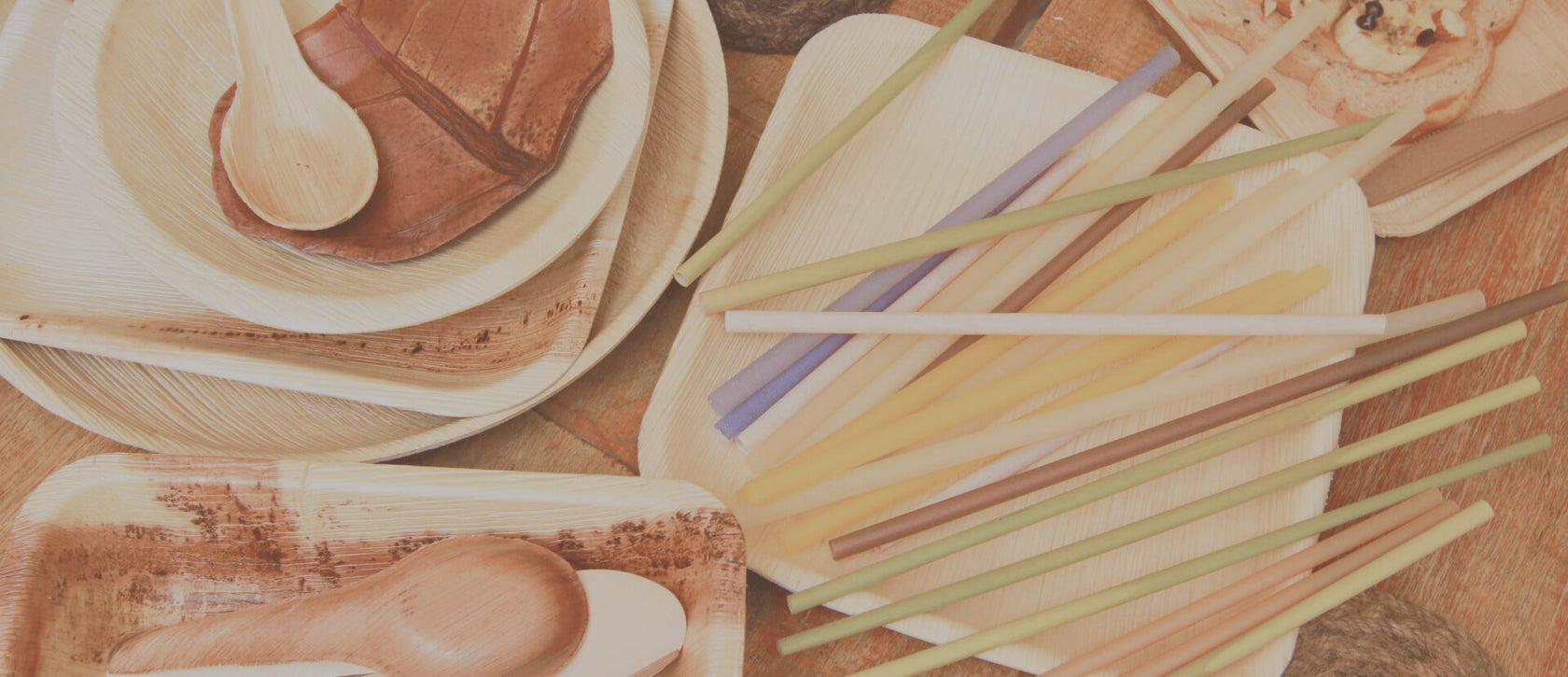Plastic straws have long been a symbol of throwaway culture – but in 2025, they’re rapidly disappearing from everyday life. Around the world, people are saying “no more plastic straws” and embracing sustainable alternatives. From reusable metal straws carried in purses to compostable straws handed out at cafes, the way we sip our drinks is undergoing a green revolution. Here’s why plastic straws are being phased out and how their replacements are taking over.
The Fall of the Plastic Straw
For decades, billions of single-use plastic straws were used each day, only to end up polluting oceans and littering beaches. A turning point came when the harmful impact on marine life became impossible to ignore – like the infamous video of a sea turtle injured by a plastic straw, which galvanized public outrage. Governments responded: the European Union banned single-use plastic straws in 2021, and many places in North America followed suit. By 2025, numerous U.S. states and cities have outlawed or restricted plastic straws (often allowing them only on request). The message is clear – plastic straws are no longer welcome.
Major corporations have also moved away from plastic straws. Starbucks, for example, phased out plastic straws in favor of strawless lids and paper or plant-based straws. Fast-food chains like McDonald’s switched to eco-friendly alternatives in many regions. In Japan, Starbucks announced it will replace even its paper straws with new biodegradable biomass straws starting 2025 to further cut waste. “No more plastic straws” isn’t just a slogan – it’s becoming reality due to this combined pressure from policy, public opinion, and corporate action.
Reusable Straws: Sipping Sustainably
One big trend is the rise of reusable straws. These are straws made from durable materials like stainless steel, glass, or silicone that can be washed and used over and over. In 2025, carrying a metal straw in your bag or drinking from a glass straw at home has become commonplace for eco-conscious individuals. Reusable straws completely eliminate waste – use one instead of burning through hundreds of disposables each year. They’re also generally safe and easy to clean (many come with tiny brush cleaners).
Consumers love that reusables come in different lengths and styles – from collapsible steel straws that attach to your keychain, to elegant glass straws for smoothies. Restaurants and bars have also begun stocking reusable straws (or no straws at all), cutting down on litter. Choosing a reusable straw is a simple lifestyle change that signifies a commitment to reducing single-use plastics. Plus, many people find that high-quality metal or bamboo straws provide a better drinking experience than flimsy plastic ones.
Compostable Straws: One-Time Use, Planet-Friendly
Of course, reusable straws aren’t practical in every situation – and that’s where compostable straws shine. Compostable (biodegradable) straws are designed for single use but made from natural, plant-based materials that break down much faster than plastic. Unlike traditional plastic that can persist for centuries, a well-made compostable straw can decompose in a matter of months under the right conditions.
There are several types of compostable straws gaining popularity in 2025: - Paper straws: Widely adopted initially, paper straws don’t contain plastic and can biodegrade. However, they often become soggy and can contain glues or inks. This has led to mixed reviews from consumers. - Plant fiber straws: Innovative straws made from materials like rice, sugarcane bagasse, or even seaweed offer better durability. For example, EQUO produces 100% plastic-free straws from rice, grass, coconut water, sugarcane fiber, and coffee grounds. These plant-based straws hold up in drinks and then decompose naturally without harming the environment. - Bioplastic straws: Some straws use bio-based polymers like PLA or PHA (derived from corn starch or microbes). These look and feel like plastic but are compostable in industrial facilities. They don’t get soggy like paper. Starbucks Japan’s new biomass straw is one such example of a PLA/PHA blend designed to break down in seawater and soil.
For cafes and restaurants, compostable straws offer a convenient drop-in replacement for plastic – customers use them once and toss them, but without the guilt. They are especially useful in settings where washing reusables isn’t feasible. Importantly, compostable straws avoid the drawbacks of paper (no mushy textures or strange flavors) while still keeping plastic out of landfills and oceans. As manufacturing improves, many compostable straws now match plastic in flexibility and durability, so consumers barely notice a difference – except that they feel better about their choice.
The 2025 Straw Landscape: A New Normal
Thanks to these changes, walking into a cafe in 2025 you’re far less likely to encounter a plastic straw. You might sip iced coffee through a sleek metal straw you brought with you, or the shop might provide a compostable sugarcane straw that does the job just as well as plastic. This shift is becoming the “new normal.” In fact, many people find they don’t need a straw at all for most drinks, reducing usage altogether.
Businesses are noticing positive feedback from ditching plastic straws. Many report that customers appreciate the effort to be sustainable. Cities have cleaner beaches and waterways with fewer straws washing up on shore. And on a global scale, the reduction in plastic straw waste – which was in the billions per year – is helping cut down microplastic pollution bit by bit.
EQUO’s Contribution: Sustainable Sipping
As part of this straw revolution, companies like EQUO are providing an array of sustainable straw options to hasten the transition. EQUO’s mission-driven product line includes compostable rice straws for everyday drinks, grass straws with a natural tea-like aroma, and even sturdy coconut straws for specialty beverages. By offering alternatives that are convenient and stylish, they make it easy for businesses and consumers to leave plastic straws behind. EQUO emphasizes that you can “sip responsibly” – enjoy your smoothie or cocktail knowing the straw won’t outlive you by centuries.
In conclusion, 2025 marks the true rise of reusable and compostable straws, while plastic straws rapidly become obsolete. The combined efforts of legislation, corporate responsibility, and consumer action have flipped the script on a once-ubiquitous item. Sipping sustainably is easier than ever, with plenty of options that keep our drinks enjoyable and our consciences clear. As we say goodbye to plastic straws, we take another important step toward a world with less plastic waste and healthier oceans for generations to come.


